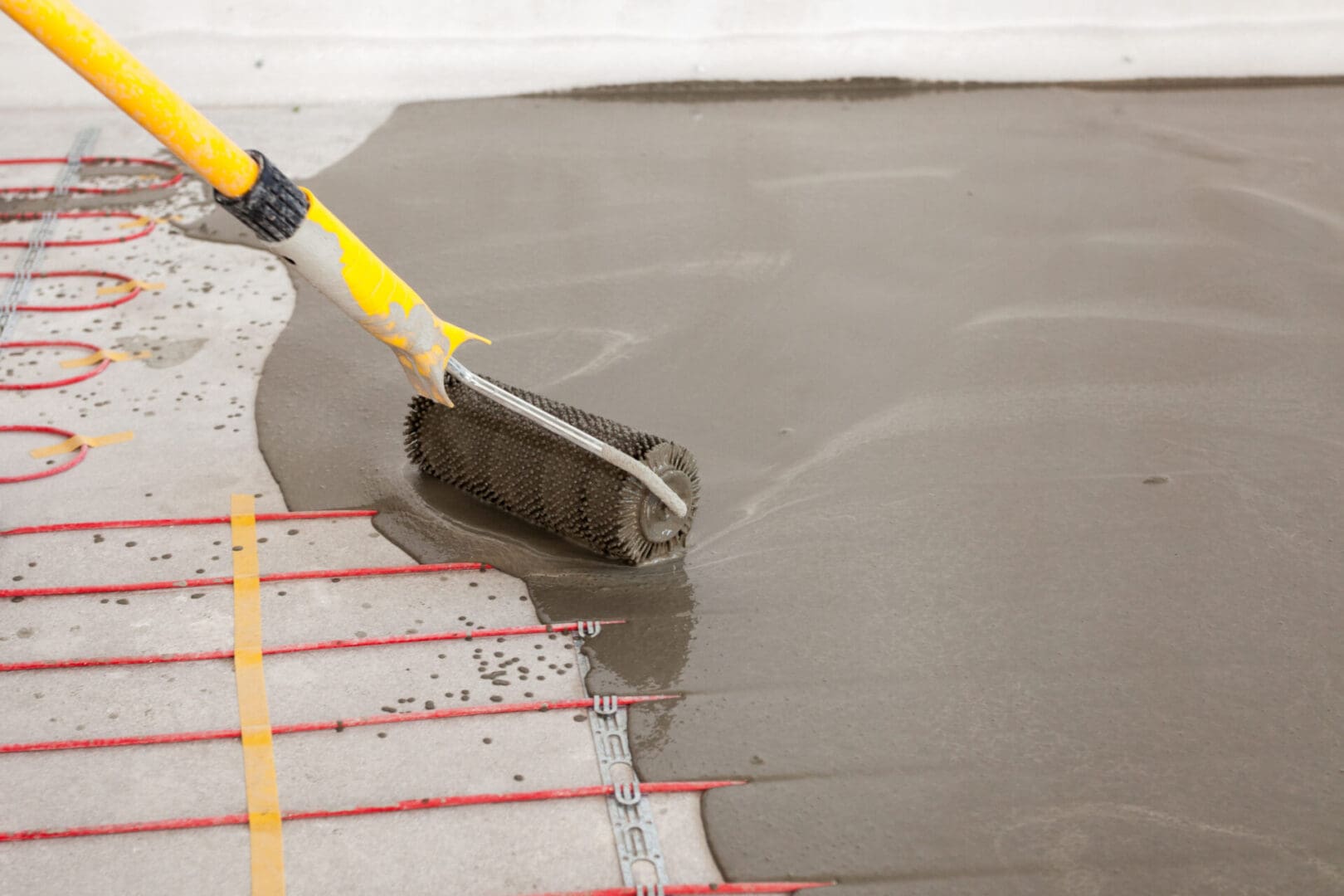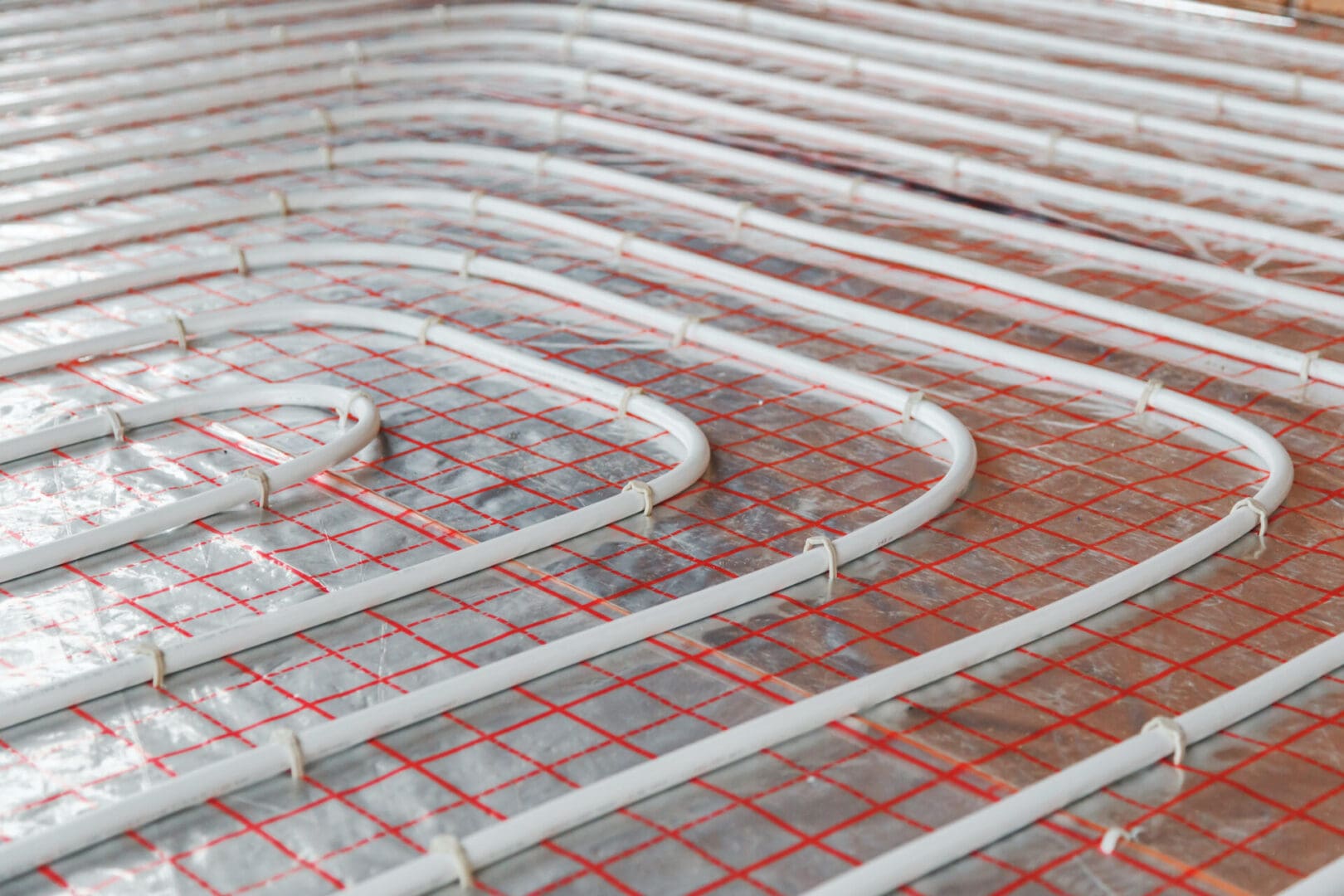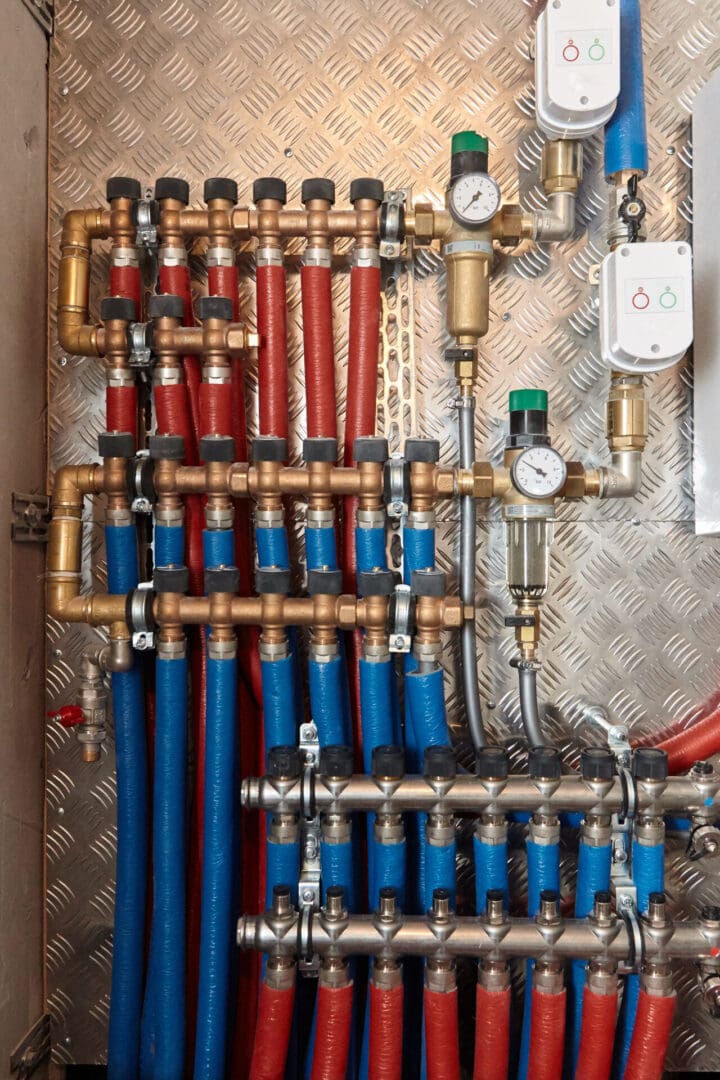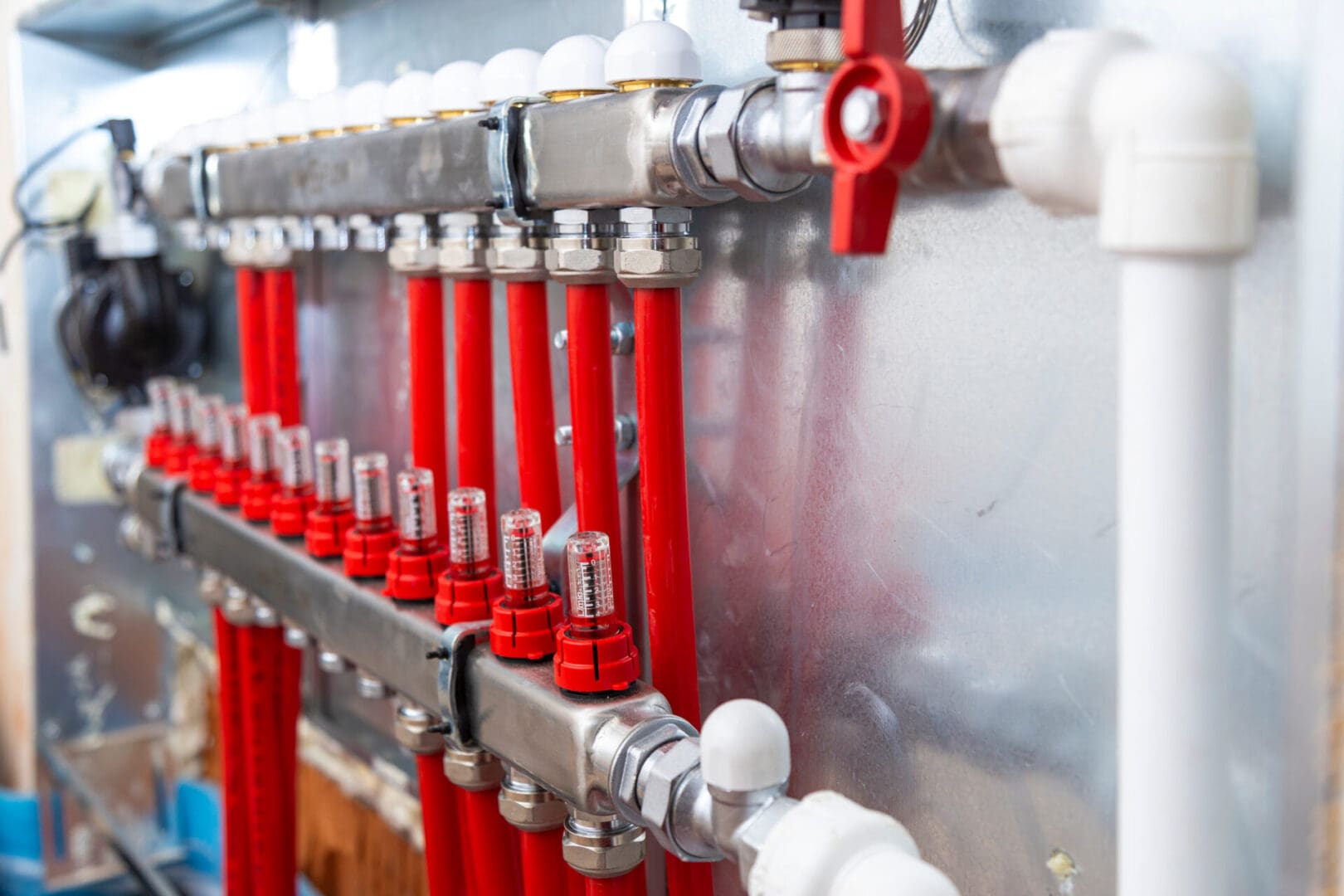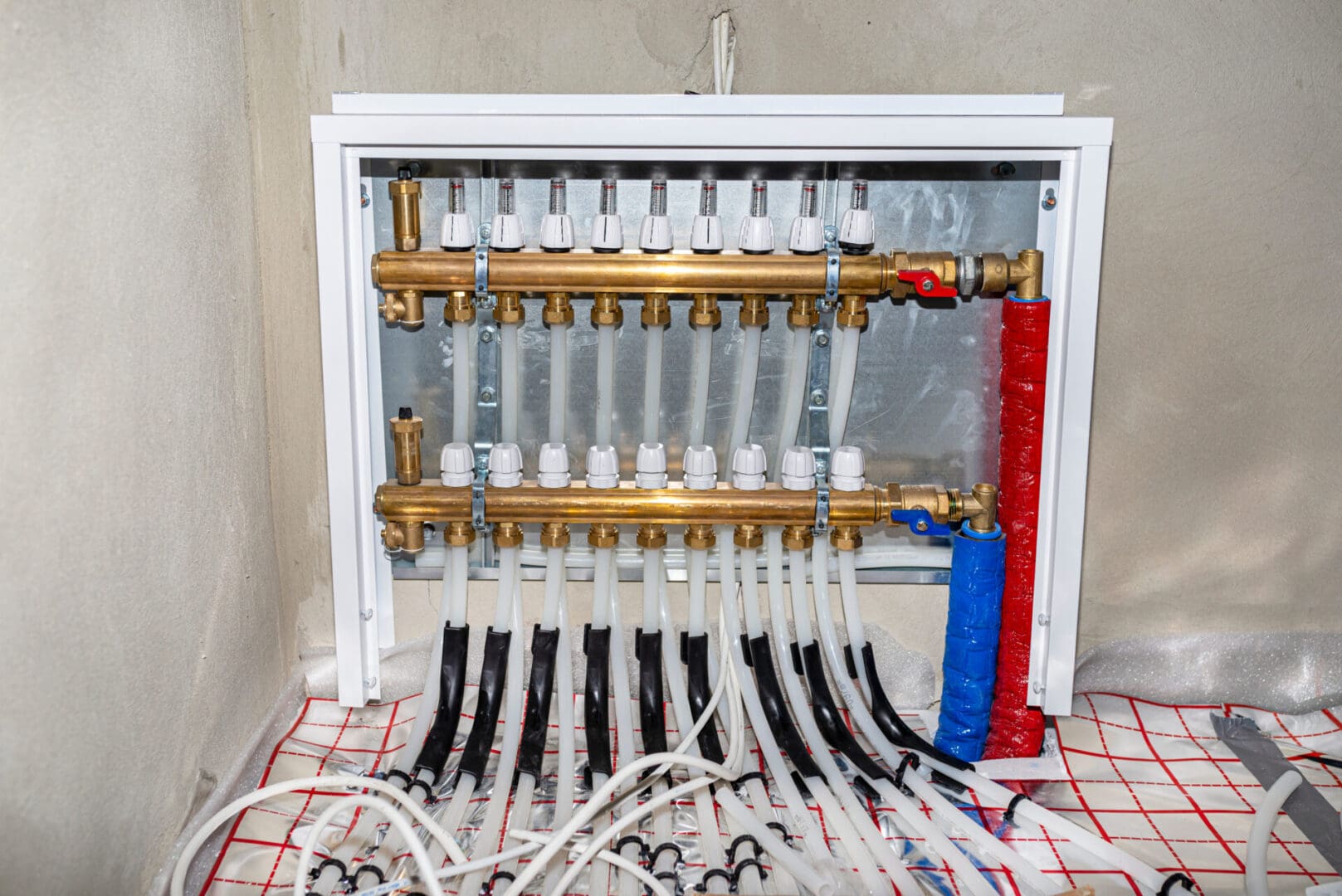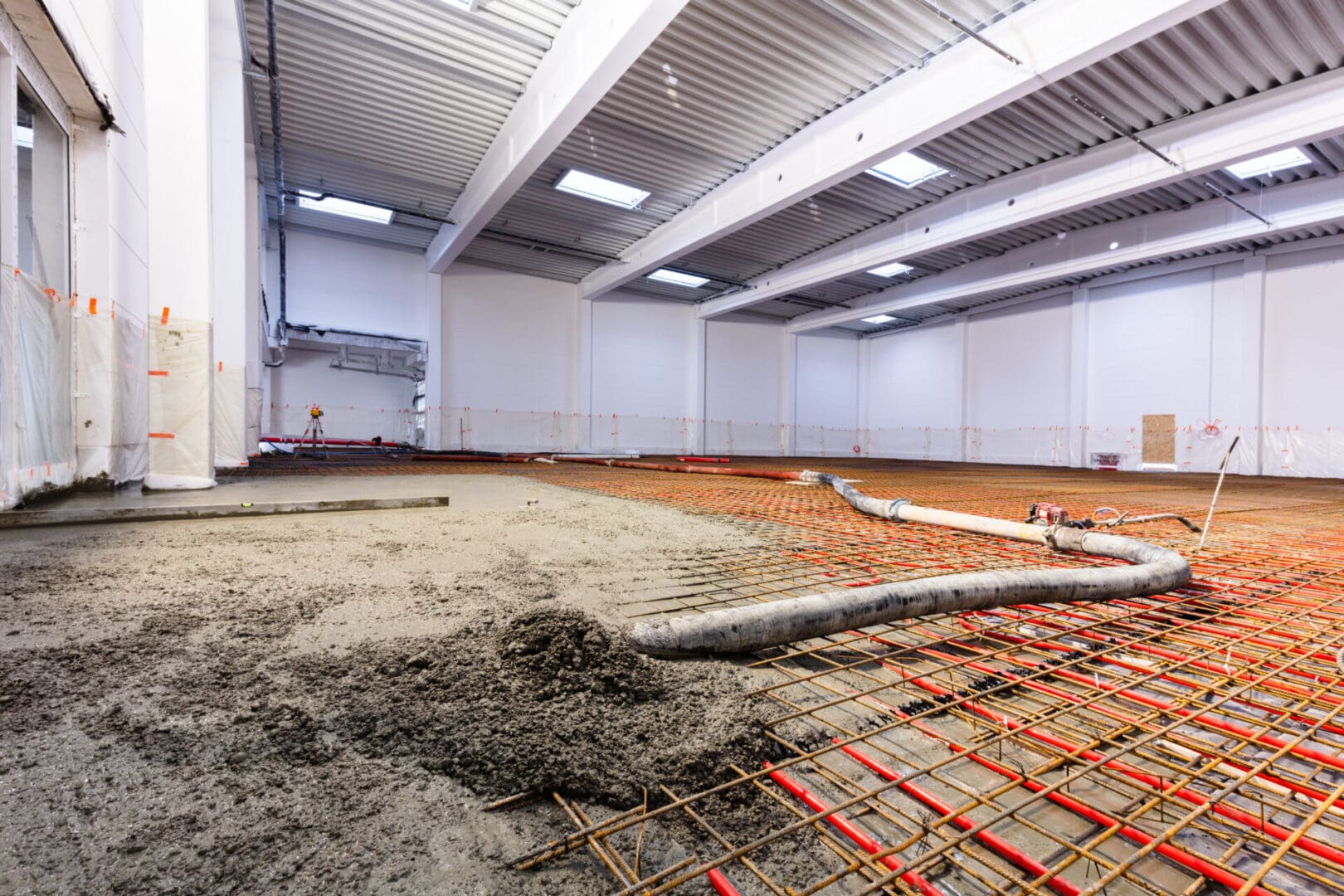Heated Floor Installation
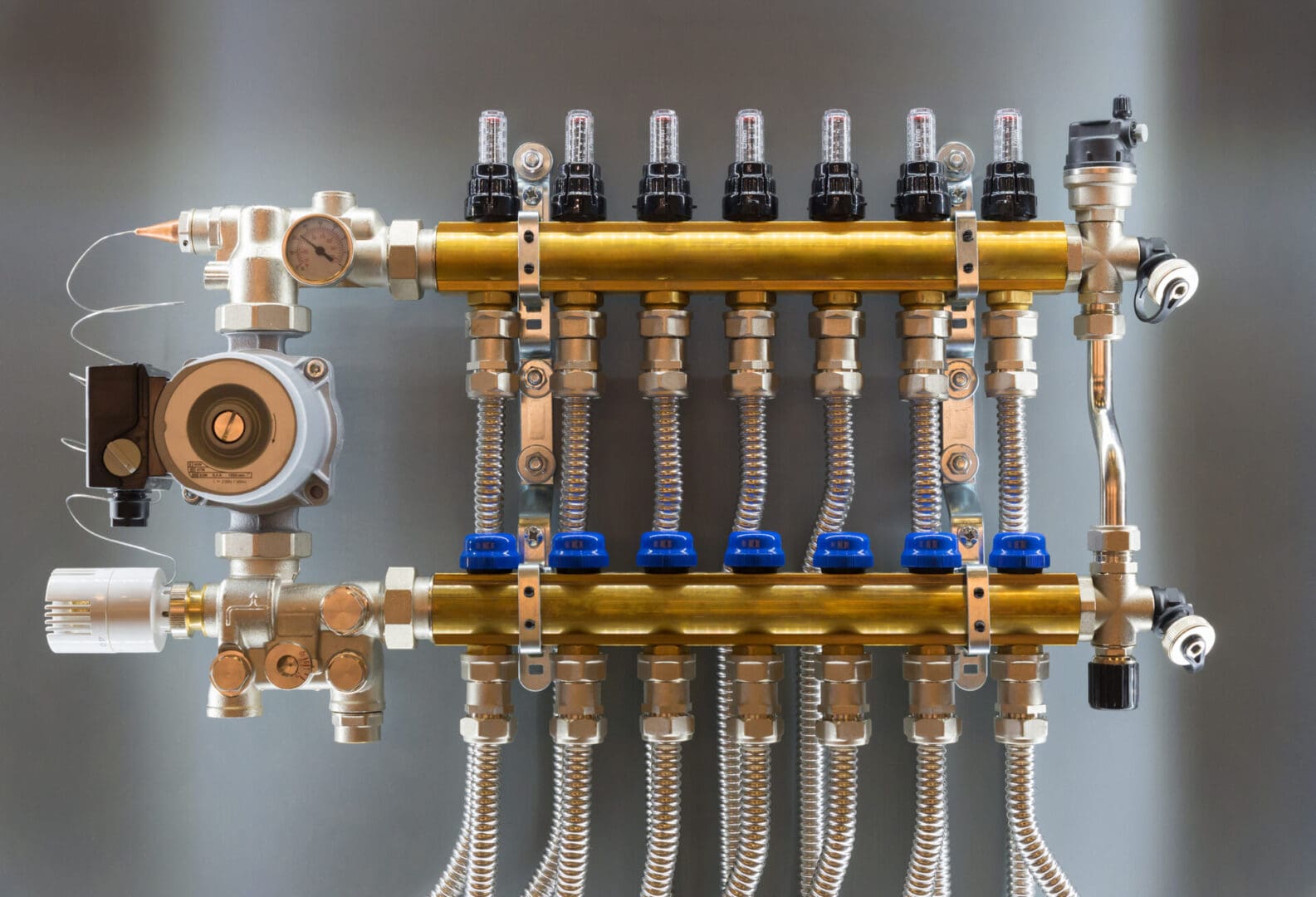
Heated Floor
Electric-heated floor systems are most commonly employed in regions of the home where a standard heating system, such as an HVAC unit, cannot reach or on a surface that is ordinarily cool to the touch. These function on the principle of radiant heating, which is comparable to how you can feel the heat from the stovetop even though you're across the room. The concept is simple: rather than having a forced-air vent in a room that determines which portion of the room is the warmest, radiant heat on the floor may warm the entire space uniformly.
Because you're barefoot for most of your time in the bathroom, electric-heated floor systems are common. After all, who wants to get out of a hot shower onto a very cold floor? Because it's practically hard to retrofit an electric-heated floor system into an existing floor, a new floor must almost always be placed over the heating system.
The concept of radiant floor heating isn't new. It truly dates back to ancient Rome, where a system of tunnels beneath the elevated marble floors of certain buildings circulated air heated by fires. However, it has come a long way since then.
Nowadays, thin cables are put beneath the surface of the floor to heat it electrically. These cables are bundled in mats that roll out easily across the subfloor in some systems. Individual wires are spaced and fastened directly to the subfloor in other cases. The heating elements will be installed on top of the underlayment if your flooring has one. Heat is produced in both circumstances as an electrical charge that travels via these wires. Most of the time, these systems are controlled by their thermostat.
Although any flooring material can be used to cover an electric-heated floor, some are more effective than others. Ceramic, stone, and porcelain tiles are the most frequent forms of heated flooring because they conduct heat and do not deform or damage. Installing a heating system under wood floors, on the other hand, can be more difficult since it can change the moisture level of the wood, causing cracks and gaps. If you want to put a heating element under your hardwood floors, email us at ravi@ravgc.com
Because of the wood composition of the base layer and generally an underlayment, laminate flooring already feels warm underfoot. As a result, putting a heating system beneath a laminate floor should only be done in extremely chilly quarters. Vinyl flooring, like laminate, may easily transport warmth from a floor heating system due to its thinner nature, but there are a few things to keep in mind.
Check your flooring warranty for the maximum temperature restriction before installing an electric-heated floor system. Not only would exceeding the temperature restriction void your guarantee, but it may also harm wood, vinyl, or laminate floors. Electric-heated floor systems are rarely used with carpets since the carpet is already a good insulator, limiting the amount of heat that can flow through it to your feet and the rest of the room. Remember that the more insulators you lay on top of the heating elements (such as rugs and furniture), the less heat will easily flow into the room.
Even some less common flooring materials, such as rubber flooring, concrete flooring, and any flooring that is linked by glue, should never have an electric-heated floor system installed, as the temperature changes may cause the adhesive to deteriorate faster.
Overall, electric-heated floor systems are a terrific method to give rich heat in most areas in a quiet, energy-efficient manner. While electric heat is more expensive, you can control the temperature with the thermostat, which means you're not wasting as much energy as you would with other heating methods. If you have any further questions about radiant floor heating, call us at +1 416-414-3451 Make sure the flooring you choose is radiant-heat compatible.

